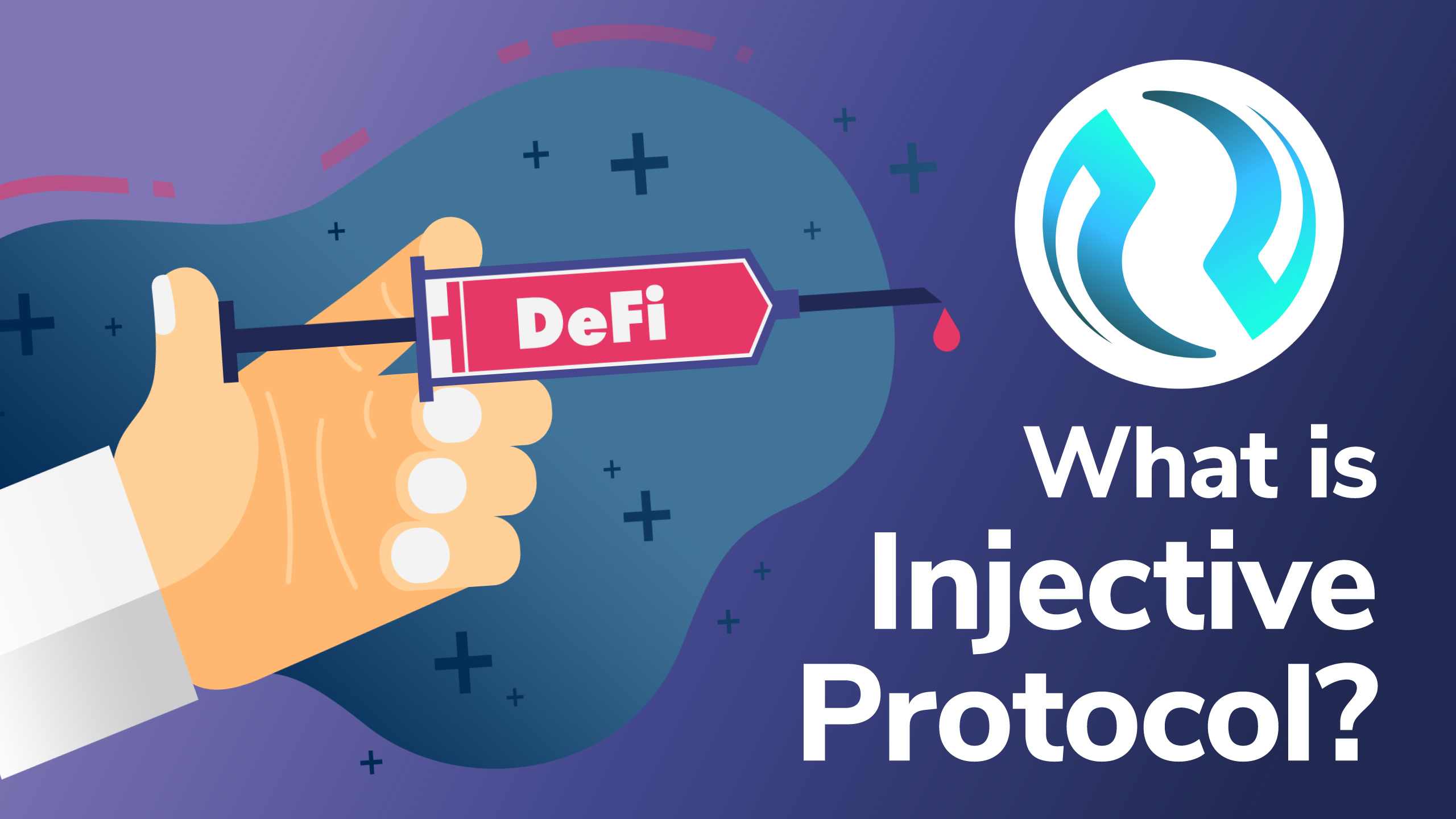
James Carter
Exploring the Injective Protocol: Revolutionizing Decentralized Finance

The decentralized finance (DeFi) space has also witnessed remarkable growth in recent years, enabling users to engage in financial activities without the need for intermediaries. At the forefront of this decentralized revolution is the Injective protocol, a cutting-edge blockchain solution that empowers users with the ability to trade and transact freely in a secure and decentralized environment. In this article, we will delve deep into the Injective protocol, exploring its core concepts, unique features, use cases, and also future roadmap.
Core Concepts of the Injective Protocol
Decentralized Exchange (DEX)
Decentralized exchanges, or DEXs, also play a pivotal role in the DeFi ecosystem. They allow users to trade cryptocurrencies and other digital assets directly, eliminating the need for intermediaries such as centralized exchanges. The Injective protocol embraces the concept of a DEX, providing users with a trustless and also transparent trading experience. By leveraging the power of smart contracts, the Injective DEX ensures the security and immutability of transactions, while also offering increased privacy and control to users.

Injective Chain
The Injective Chain also forms the backbone of the Injective protocol. It is a purpose-built blockchain that facilitates fast and secure transaction processing, while also providing a framework for creating and executing smart contracts. The Injective Chain is designed with scalability in mind, utilizing layer-2 solutions to handle a high volume of transactions without compromising speed or efficiency. Its architecture incorporates various components, including validators, relayers, and an order book relay, ensuring a robust and also decentralized network.
Cross-Chain Compatibility
Additionally one of the key strengths of the Injective protocol is its cross-chain compatibility. Interoperability between different blockchain networks is crucial for the seamless transfer of assets and also data. Injective achieves cross-chain compatibility through its innovative inter-chain communication protocol, enabling users to trade assets across multiple blockchains. This functionality opens up a world of opportunities, allowing also users to access a wide range of assets and liquidity pools from different blockchain ecosystems.
Unique Features and Advantages of the Injective Protocol
Layer-2 Scaling Solution
Scalability has been a major challenge for blockchain protocols, often leading to congestion and also high transaction fees. Additionally the Injective protocol tackles this issue by implementing a layer-2 scaling solution. By utilizing layer-2 technologies such as Optimistic Rollups, Injective can process a large number of transactions off-chain, significantly reducing congestion and improving scalability. This approach allows the Injective protocol to handle high-volume trading activities without compromising transaction speed or cost-efficiency.
Substrate Framework
The Injective protocol is built on the Substrate framework, which offers a range of benefits and also flexibility. Substrate provides a modular and extensible architecture, allowing developers to customize and build applications on top of the Injective protocol more efficiently. Moreover, Substrate simplifies the process of launching new blockchain networks, enabling the seamless integration of novel features and upgrades. This framework empowers developers to create innovative decentralized applications (dApps) and expand the functionality of the Injective protocol.
Decentralized Governance
Governance plays a critical role in the sustainability and evolution of blockchain protocols. The Injective protocol embraces the principles of decentralized governance, enabling token holders to actively participate in the decision-making process. Through a governance mechanism, token holders can propose and vote on protocol upgrades, parameter changes, and other important decisions. This democratic approach ensures that the Injective protocol evolves in a community-driven and inclusive manner, fostering transparency and accountability.
Use Cases and Applications of the Injective Protocol
Trading and Market Access
The Injective protocol empowers users with unparalleled trading opportunities and market access. With its decentralized exchange functionality, users can trade a wide range of assets, including cryptocurrencies, tokens, and even traditional financial instruments. The trustless nature of the Injective DEX ensures fair and transparent trading, while cross-chain compatibility expands the market reach, allowing users to access assets from various blockchain networks. This opens up new avenues for traders to explore diverse markets, tap into liquidity pools, and execute transactions with increased efficiency and flexibility.
Derivatives and Synthetic Assets
Injective protocol’s infrastructure enables the creation and trading of derivatives and synthetic assets. Derivatives are financial contracts that derive their value from an underlying asset, such as stocks, commodities, or cryptocurrencies. Injective’s support for smart contracts and cross-chain compatibility makes it an ideal platform for the creation and trading of derivative products. By leveraging these capabilities, users can gain exposure to different asset classes, manage risk, and engage in advanced trading strategies within a decentralized environment.
Decentralized Exchanges and Marketplaces
The Injective protocol serves as a foundation for decentralized exchanges (DEXs) and marketplaces, providing a secure and efficient infrastructure for trading activities. By leveraging the Injective Chain and its cross-chain compatibility, developers can create their own DEXs and marketplaces, offering unique trading experiences and catering to specific user needs. These decentralized exchanges and marketplaces can foster liquidity, encourage innovation, and provide users with increased control over their assets and trading activities.
WATCH THE VIDEO BELLOW
Current Developments and Future Roadmap
The Injective protocol continues to evolve and expand its capabilities. Recent developments include partnerships and integrations with prominent players in the blockchain space, such as Chainlink and Elrond. These collaborations aim to enhance the ecosystem by integrating additional functionalities and improving interoperability. The Injective team is actively working on further scaling solutions, exploring layer-2 advancements, and researching cutting-edge technologies to improve performance and user experience. The future roadmap of Injective envisions the integration of more blockchain networks, the expansion of its developer community, and the introduction of innovative features to enhance the protocol’s functionality.
Summary
The Injective protocol stands at the forefront of decentralized finance, revolutionizing how individuals interact with financial markets. By combining the power of decentralized exchanges, layer-2 scaling solutions, cross-chain compatibility, and decentralized governance, Injective empowers users to trade freely, access diverse markets, and engage in sophisticated financial activities. With its unique features, use cases, and continuous development efforts, the Injective protocol is poised to shape the future of DeFi, providing a robust and inclusive ecosystem for decentralized trading and financial interactions. As the DeFi landscape continues to evolve, the Injective protocol is set to play a pivotal role in reshaping the global financial system and democratizing access to financial services.
Latest
Blockchain
09 May 2024
Blockchain
19 Apr 2024
Blockchain
16 Jan 2024
Blockchain
31 Aug 2023
Blockchain
24 Jun 2023
Blockchain
24 Jun 2023













